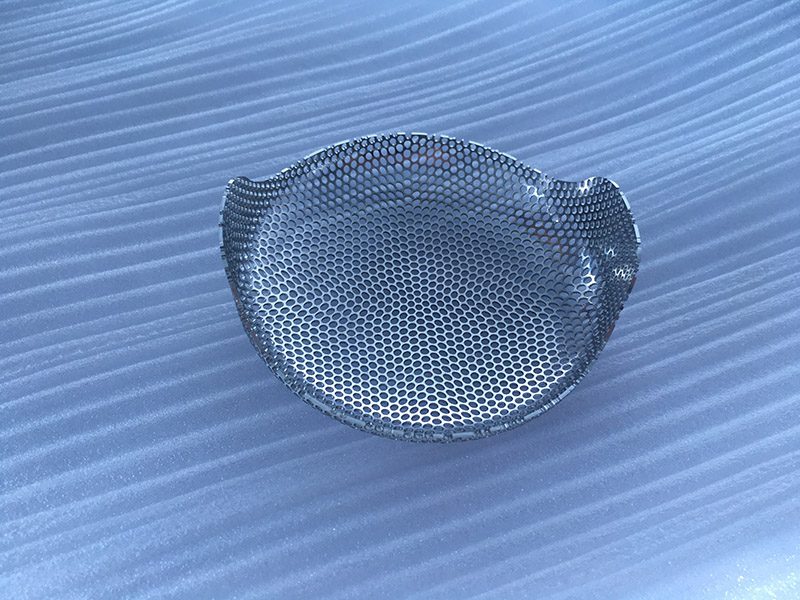What is Sheet Metal Fabrication?
Sheet Metal Fabrication is a manufacturing method that involves cutting and bending sheets of metal to form different shapes. It is more cost-effective than CNC machining when it comes to metal components with uniform wall thickness.
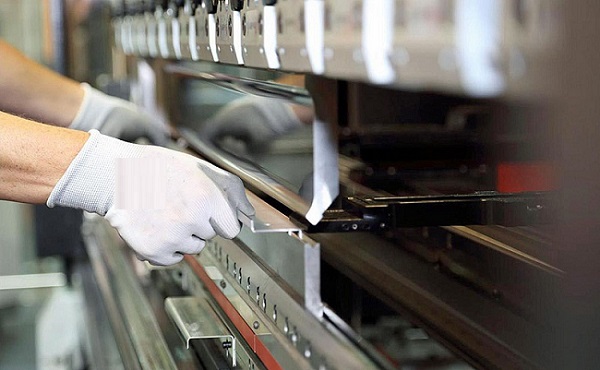
Sheet Metal Fabrication Processes
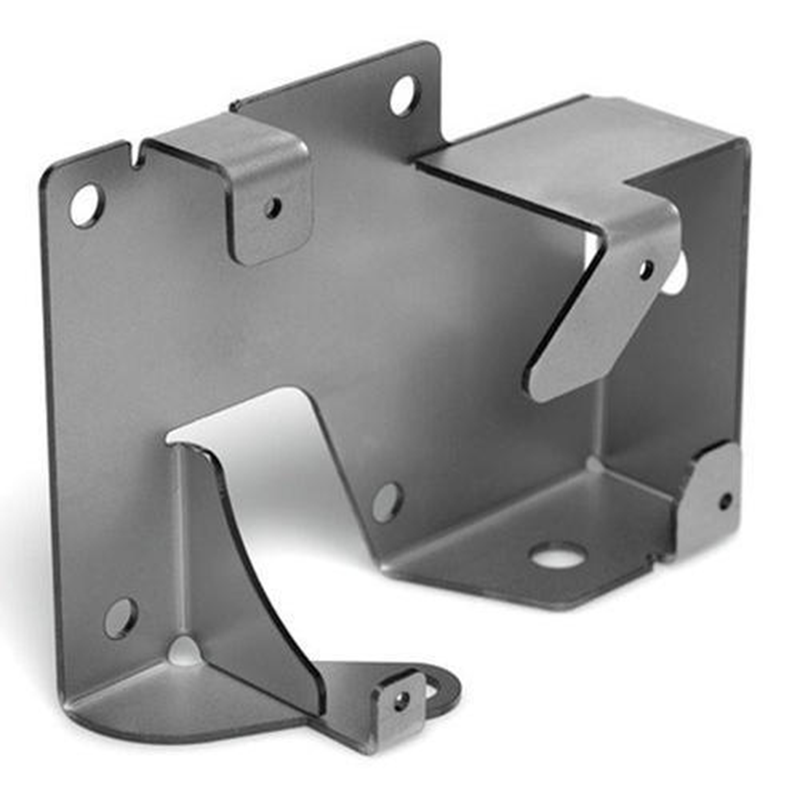
1.Cutting
1)Laser cutting:
Applies a laser-focused light beam to cut through metal sheets. It can also be used for engraving sheet metals.
Allowable Sheet thickness: 1-10mm (depending on material)
2)Water jet cutting:
A high-velocity process that directs abrasive-concentrated streams of water at the sheet to cut into the material.
3)Plasma:
Plasma cutting uses heat-compressed ionized gases that travel at high speed and conduct electricity to direct cuts at a metal sheet.
Depending on the type of part to be manufactured, the complexity of the design and the desired finish, metal sheets may be formed in 3 simple steps namely cutting, forming, and joining (assembly).
2.Forming
Forming is the general umbrella for processes like stamping, stretching, roll-forming, and bending. Unlike cutting where the material is removed from sheet metal, forming simply uses fabrication tools to reshape the part to the desired geometry.
3.Bending
This manufacturing process can be done by hand or brake press, or used dies to produce a U-shape, V-shape or channel shape along a straight axis in ductile materials.
Allowable Sheet thickness: 1-6mm (depending on material)
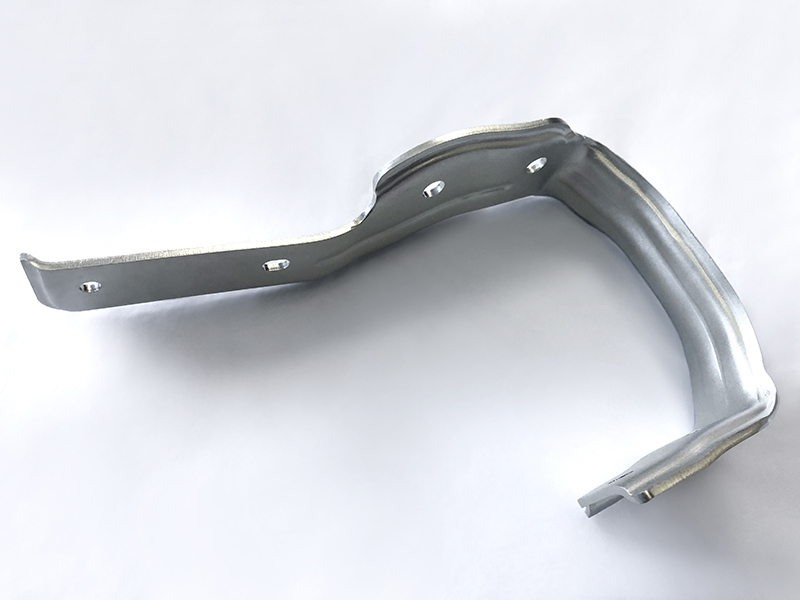
4.Assembly
Assemble involves processes like riveting, adhesives, brazing, and most popularly, welding.
5.Welding
May be Stick, MIG, or TIG. The process essentially fuses two or more metal sheets by using a flame to melt them together in the presence of a filler.
6.Riveting
Joins sheet metals together by embedding small metal parts through both sheets.

Advantages of Sheet Metal Fabrication
Excellent Strength/Weight Ratio
Sheet metal parts have an excellent strength-to-weight ratio, making them strong durable and particularly suited as high-fidelity prototypes and end-use parts.
Scalability
Leverage on-demand sheet metal fabrication and lower setup costs to make parts in as little as one unit to as high as 10,000 units.
Quick Turnaround Times
With our capacity and investment in modern sheet metal forming tools, we can combine conventional processes and digital technology to deliver high-quality sheet metal parts.
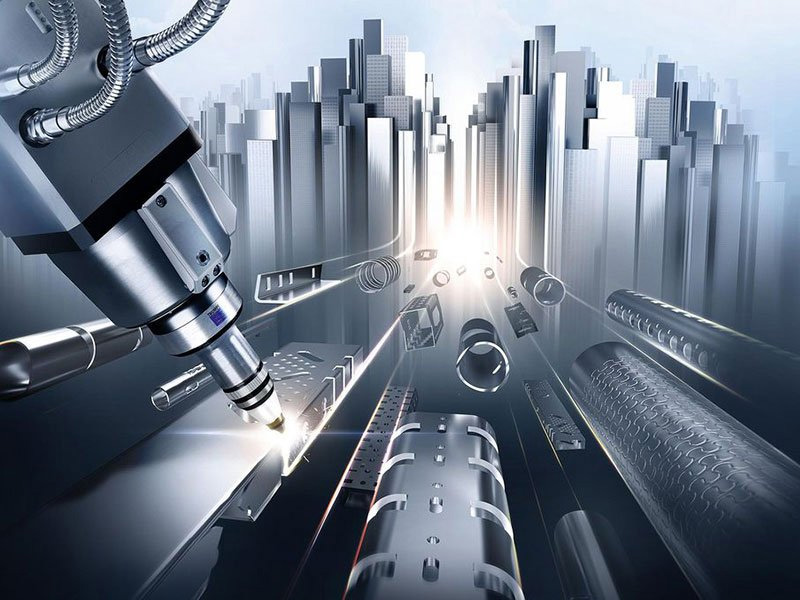
Material Diversity and Options
Choose from a range of sheet metals and leverage relevant part properties such as strength, weight, and corrosion-resistance for best functionality and finish.
Cost-Effectiveness
Use sheet metal fabrication services to mass manufacture your end parts and drive down your cost-per-unit.
Custom Finishes
Choose from an array of specialized finishes for your sheet metal parts. Choose from anodizing to plating, painting powder-coating, or go for custom specifications.
Material Options
· Aluminum
Aluminum has an excellent strength/weight ratio. It can also withstand lower temperatures, making it suitable for use in aerospace and cooling technologies.
· Copper
Copper has great electrical conductivity. It is ductile, malleable, and well suited for corrosion-resistant components.
· Steel
Excellent for applications that favor strength and durability.
· Magnesium
Magnesium sheet metals have low density. They are for applications where stiffness is desired.
· Brass
Brass is lightweight and corrosion-resistant. It is well suited for making fittings and components as well as parts that need acoustic properties.
· Bronze
Bronze boasts of higher strength than copper. It has a low melting point, making it suitable for use in turbines and cookware.
PS:The above materials are the most common stock material options. If your required material is not listed above, we can source for you.
Industries
Thin metal parts are easily made into functional enclosures, brackets, and chassis through sheet metal processing. Sheet metal fabrication is a feasible method of making device panels, chassis, brackets, boxes, and enclosures of all styles to fit electronics and consoles.
Mainly used in industries as follow:
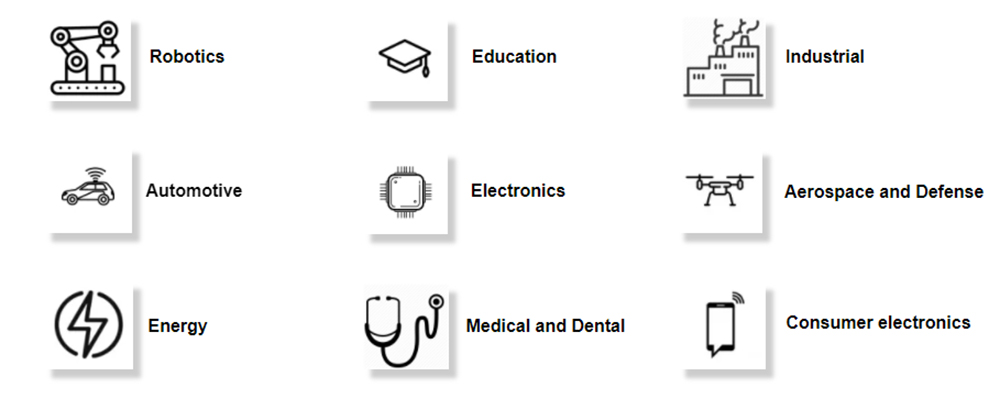
Sheet Metal Parts Showcase
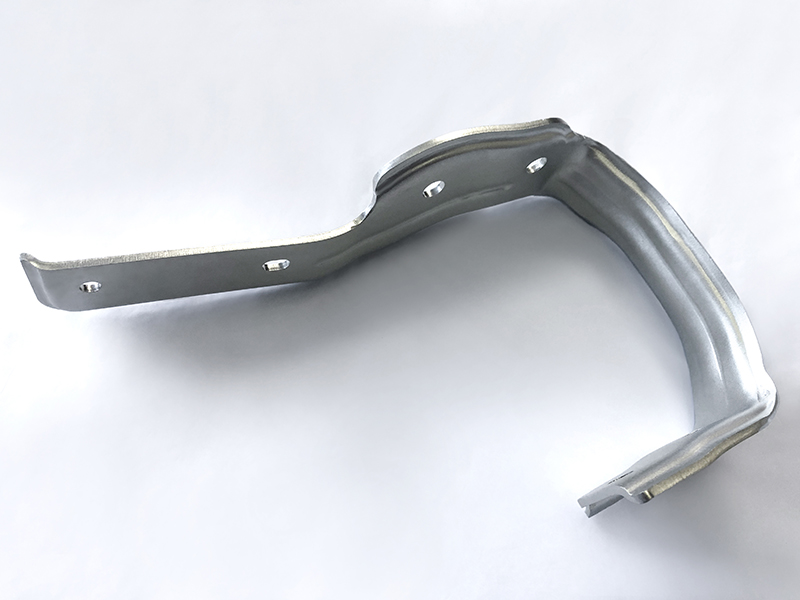
Stamping Part
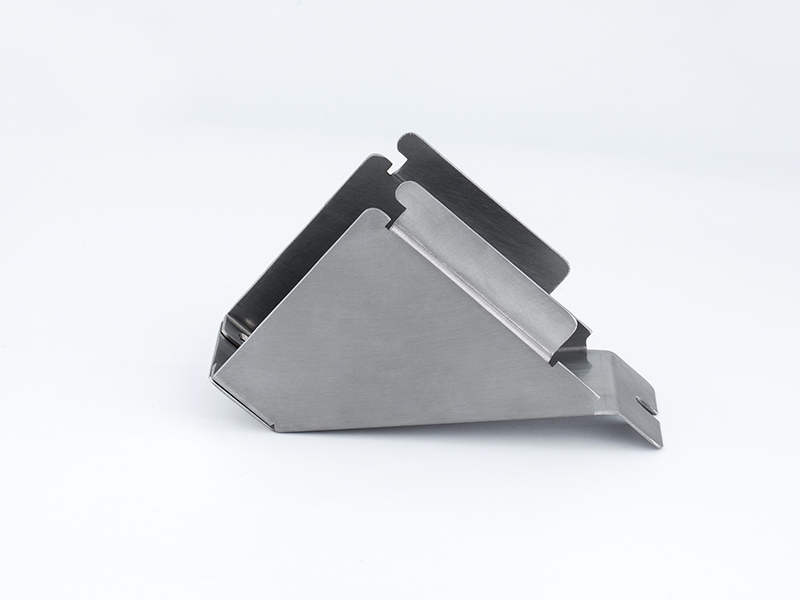
Stainless Steel Part
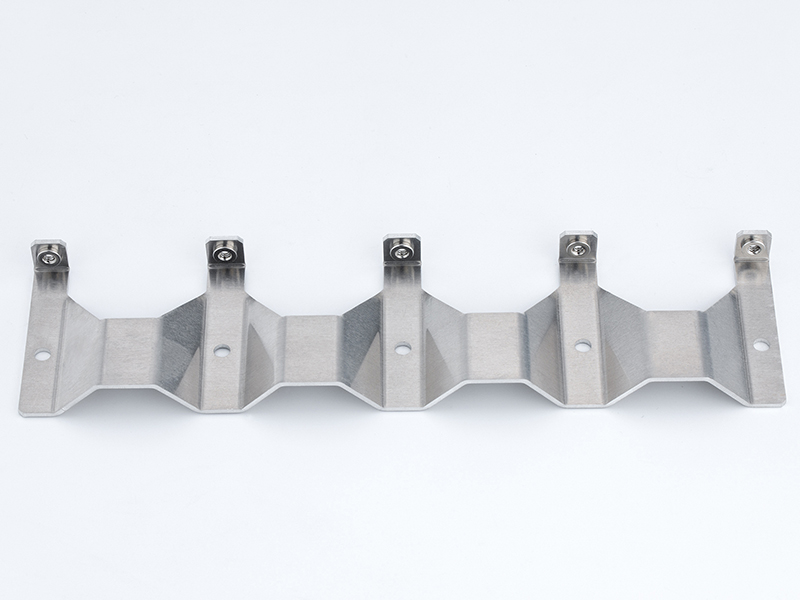
Fast Prototype Part
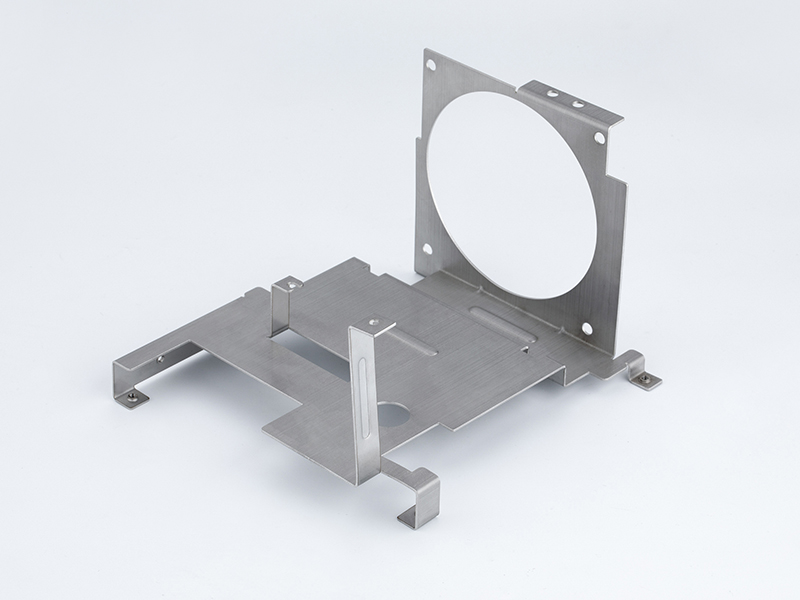
Bending Part
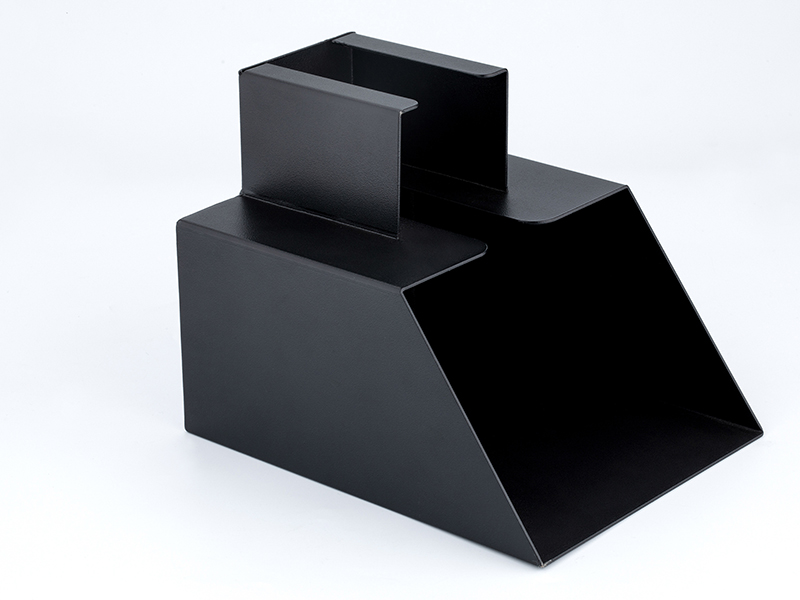
Powder Coating Part
